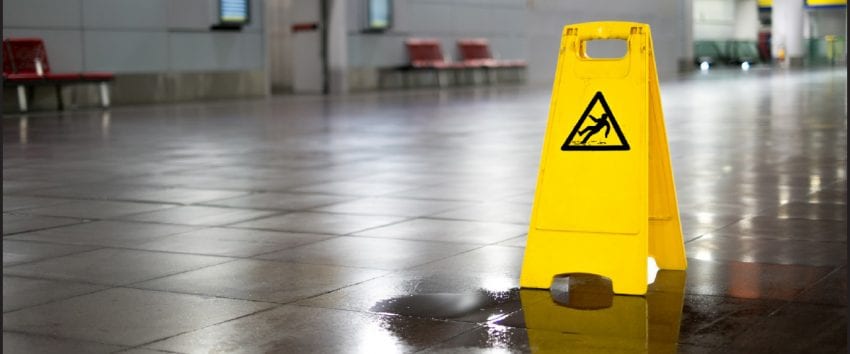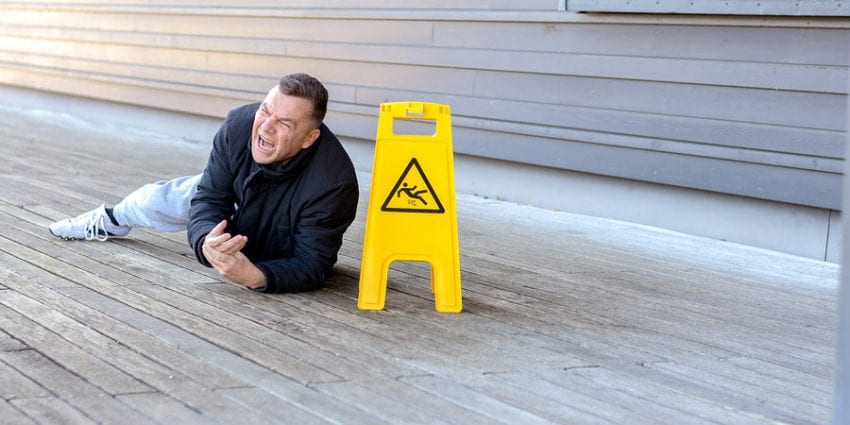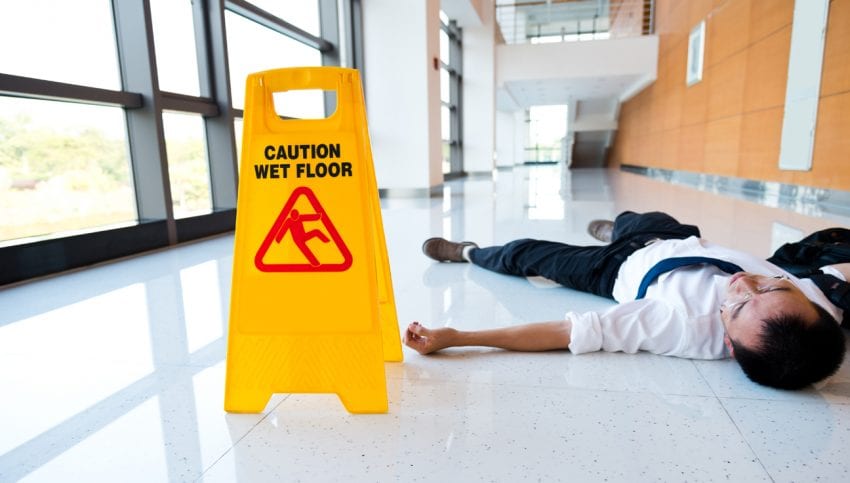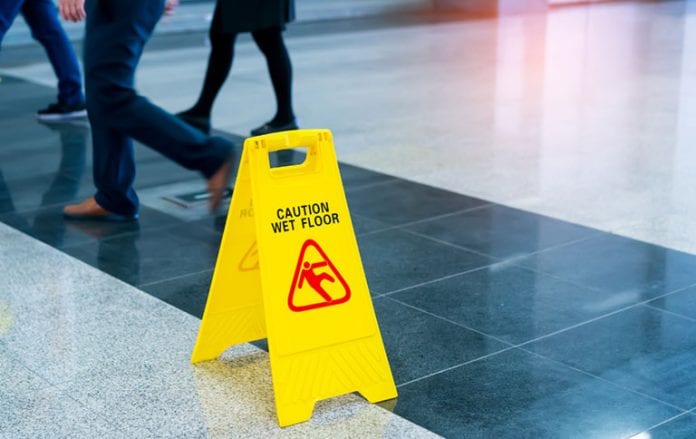When you’re young, healthy, and active, a slip and fall may sound like something that only happens to elderly people, toddlers, or people with mobility issues and disabilities. But those are just stereotypical examples of high-risk individuals.
The truth is that millions of people slip, trip, or fall every year … and become subject to hospital bills, damages, pain, suffering, and long-term consequences. Understanding the impact and aftermath of such situations is paramount for not only the victim but people around the person.
The Facts and Figures
According to the National Floor Safety Institute (NFSI), slips and falls are not isolated accidents. Thousands occur every day all over the nation.
Some lead to nothing more than bumps and bruises, while others can surprisingly prove fatal. For a more accurate look at the impact slips and falls have on American society, consider these NFSI data points:

- Falls account for more than 8 million emergency-room visits around the country, so they represent the leading cause of all visits (21.3 percent).
- Falls account for 5 percent of job-related fatalities among women and 11 percent of job-related fatalities for men.
- Slips and falls are the leading incidents at the center of workers’ compensation claims, and occupational injuries among people 55 and older.
- 22 percent of slip-and-fall incidents result in the worker missing an average of more than 31 days.
- Half of all accidental deaths in the home involve a fall.
- The total cost of injuries due to falls is estimated at around $13 to $14 million per year in the US.
There are dozens of other eye-opening statistics that relate to this situation. The point is that slips and falls aren’t isolated to slapstick comedy routines and amusing YouTube videos. In many cases, they are serious and/or fatal accidents that long-term medical and financial consequences.
If you or someone you know is injured in a slip or fall, it’s imperative for you to know how to proceed.
The Basic Elements of Slip-and-Fall Cases

If you’re walking around your home and slip and fall, it’s hard to blame anyone else for your misfortune. If you’re hurt in a slip-and-fall accident on someone else’s property or as the result of someone else’s action, however, it may be possible to hold another individual accountable for your injuries.
“The critical issue at stake when seeking an insurance settlement or pursuing a personal injury claim is proving liability,” Adamson & Cleveland, LLC explains. “To win your case, you will need to prove that the property owner, manager, renter, or other responsible party is liable for your injuries.”
In order to prove that someone else is responsible in a slip-and-fall case, a few different elements have to be in play. Specifically, there must be:
- Owed Duty
The first element is referred to as “owed duty.” This is the responsibility that someone has to maintain the premises and address conditions that could cause harm (within reason). In order for a slip-and-fall case to apply, it must be proved that someone owed a duty.
- Damages
Someone slipped and fell, but were there any damages? If the individual fell onto a soft cushion and suffered no bumps, bruises, or broken bones, then there isn’t any reason to bring a claim against someone. If, on the other hand, physical injuries were suffered as a direct result of a hazardous condition, a case might be made.

- Knowledge
Did the individual who owed a duty of care to know that hazardous conditions existed on the property? Or (and this is where cases tend to get technical and testy) should the defendant have known?
- Dangerous or Hazardous Condition
Finally, it must be proved that the condition of the premises which led directly to the injury were dangerous and hazardous. If someone trips over his own feet, for example, it’s harder to prove that a dangerous condition existed.
If, however, that same person tripped over a power cord that was strung across a hallway floor, that’s a much more promising condition over which a case might be filed.
Creating Safer Communities
Slips and falls will always happen. We live in an unpredictable world where mistakes and carelessness are part of the human condition. However, we should all expect a conscious effort to be made to reduce the frequency and severity of these situations. By understanding the how of slip-and-fall cases, we can work together to limit injuries and improve safety in both private and public spaces.









